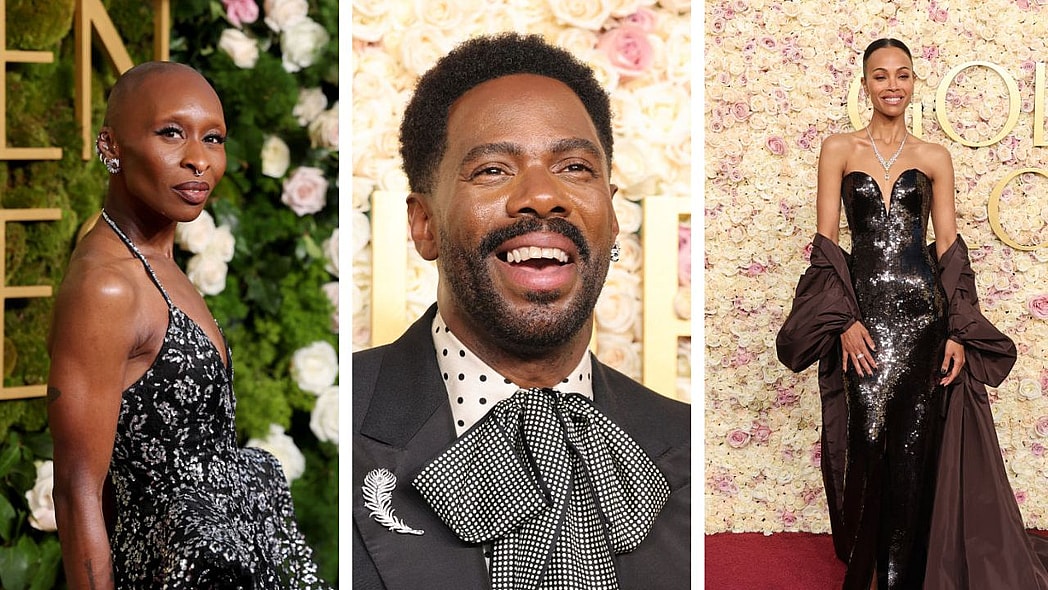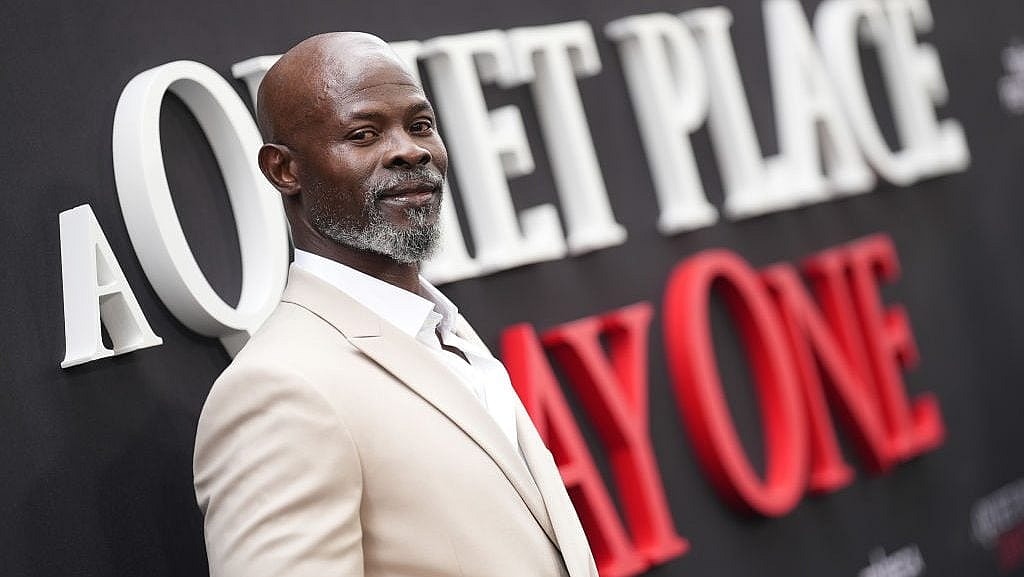In 2023, the Screen Actors Guild – American Federation of Television and Radio Artists, commonly known as SAG-AFTRA, conducted the longest strike in Hollywood history. After 118 days of fighting for better conditions for the union’s writers and actors, SAF-AFTRA reached an agreement that also impacted an often-forgotten community in Hollywood — Black hairstylists and makeup artists.
The new 2023 contract includes a provision that requires adequate makeup and hair artists for cast members of all races and ethnicities with the help of the Alliance of Motion Picture and Television Producers (AMPTP) and International Alliance of Theatrical Stage Employees (IATSE).
“1. Each principal performer shall be given the opportunity to meaningfully consult regarding any hair and makeup needs so that production is prepared to work with the performer, including having appropriate hair and makeup products and equipment. If the producer is unable to provide qualified hair and/or makeup personnel to work with the performer, production shall reimburse the performer for the pre-approved cost of obtaining such services. The performer will also be entitled to no less than two hours of compensation for the time spent in such services,” the contract reads. “3. The parties will add a side letter to the agreement reflecting a commitment to meet with IATSE to discuss efforts to expand and maintain the pool of hair stylist[s] and makeup artists who are qualified and available to work with people of all races and ethnicities. The parties will also recommend to the trustees of the IACF to fund training of hair stylists and make-up artists to acquire the skills necessary to work with all hair textures and skin tones.”
Despite the increase in Black storytelling within television, there’s been a consistent conversation surrounding the lack of diversity behind the scenes, specifically in the hair and makeup rooms. Even on culturally coveted sitcoms like “Girlfriends,” Tracee Ellis Ross once reported having to wake up three hours before her call time to do her own hair due to a lack of stylists on set equipped to style her curly hair — an experience that helped inspire the creation of Pattern Beauty. Similarly, actresses such as Gabrielle Union, Aisha Dee, and Monique Coleman have echoed Ross’ experience, noting the different ways they tried to work around the lack of inclusive and knowledgeable stylists on set.
“Most Black actresses come to set with their hair done or bring their wigs and clip-ins with them,” actress Yvette Nicole Brown said on X, formerly known as Twitter. “It’s either that or take a chance that you will look crazy on screen.”
Recommended Stories
Sharing her thoughts on “people always having an opinion on what my hair should and shouldn’t look like,” Union told Fashionista how she believes the industry can increase diversity. “This is an ongoing process,” she said. “We can start by hiring Black people in front and behind the scenes. Everyone should be ‘in.’”
For Black hairstylists like Dennis Bailey and Derrick Kollock, there seems to be a glimmer of hope on set. Bailey explained how the uptick of Black leadership in television and diverse content has also increased the amount of Black talent behind the scenes. Similarly, Kim Kimble, hairstylist to stars like Beyoncé, Zendaya, Mary J. Blige and Storm Reid, emphasized the importance of education within the beauty space.
“Education is a must when it comes to this because that’s what’s going to separate you from the rest,” Kimble said, per Fashionista. “If you work in television and film, you need to know how to work with all types of hair because you’re going to get all types of clients…I think that’s definitely the prerequisite for working in the industry. You need to know how to deal with it all.”
Last year, more advancements were made in amplifying inclusivity within beauty education as New York lawmakers passed a bill that was signed into law requiring training on all hair textures before receiving a cosmetology license. Between legislative changes and the SAG-AFTRA agreement, the future may be more optimistic for diversity across Hollywood.
“Our hair is so powerful. We tell so many stories through the construction of our styles that we create,” stylist Larry Sims added. “In order to run the successful department where everybody’s happy, you have to fill the trailer with talented artists that can accommodate everybody, and it’s just not being done in that way […] just think that the sky’s the limit for us. It’s about really, at the end of the day, breaking through barriers and not taking no for an answer.”
Never miss a beat: Get our daily stories straight to your inbox with theGrio’s newsletter.










